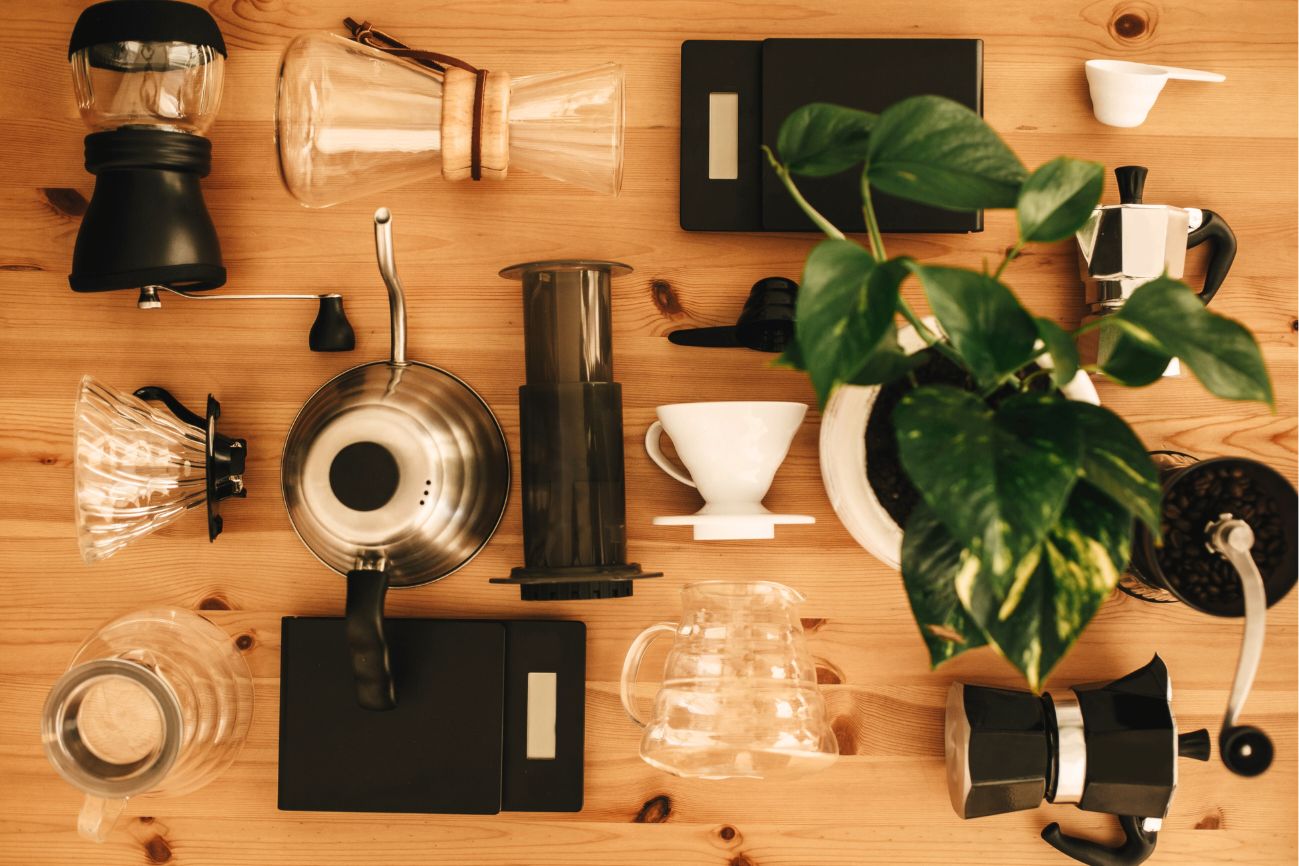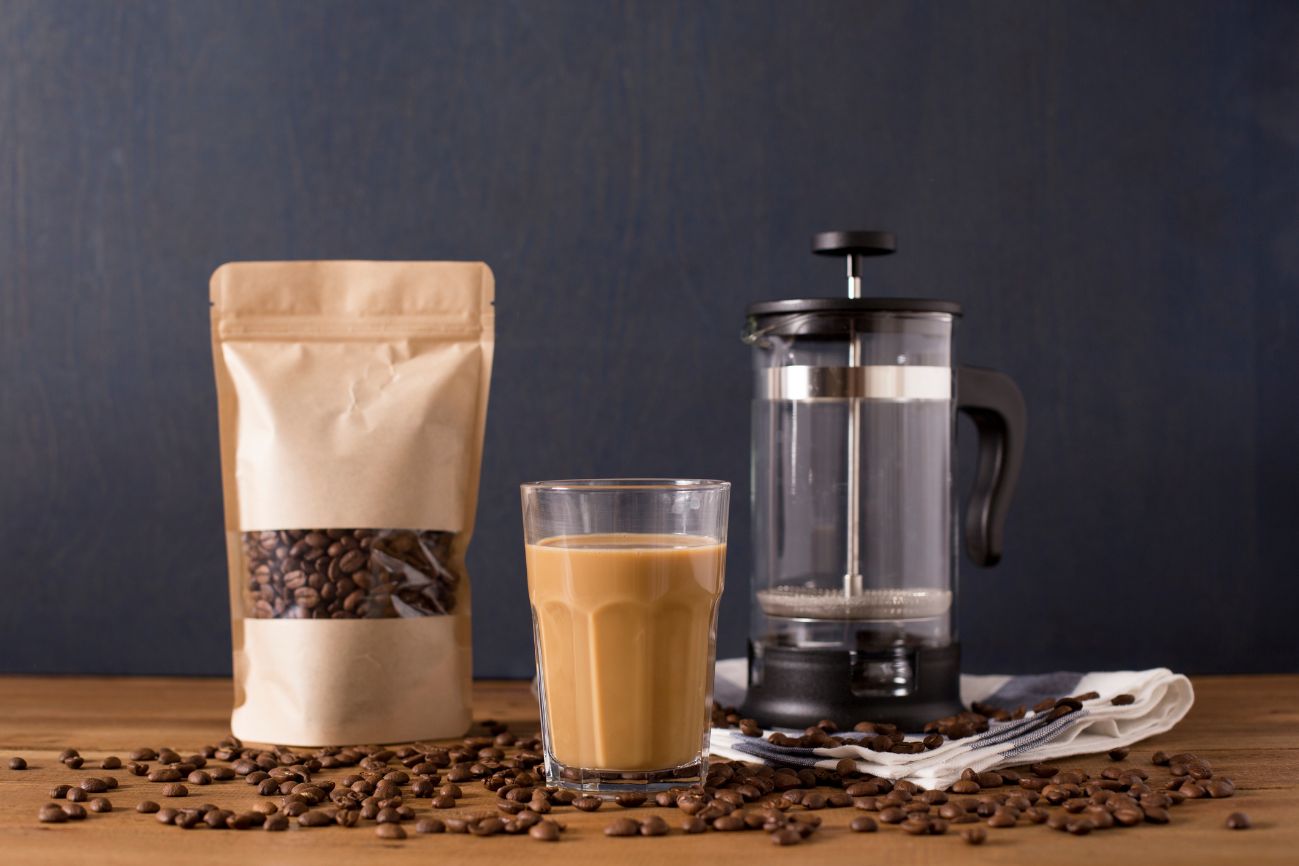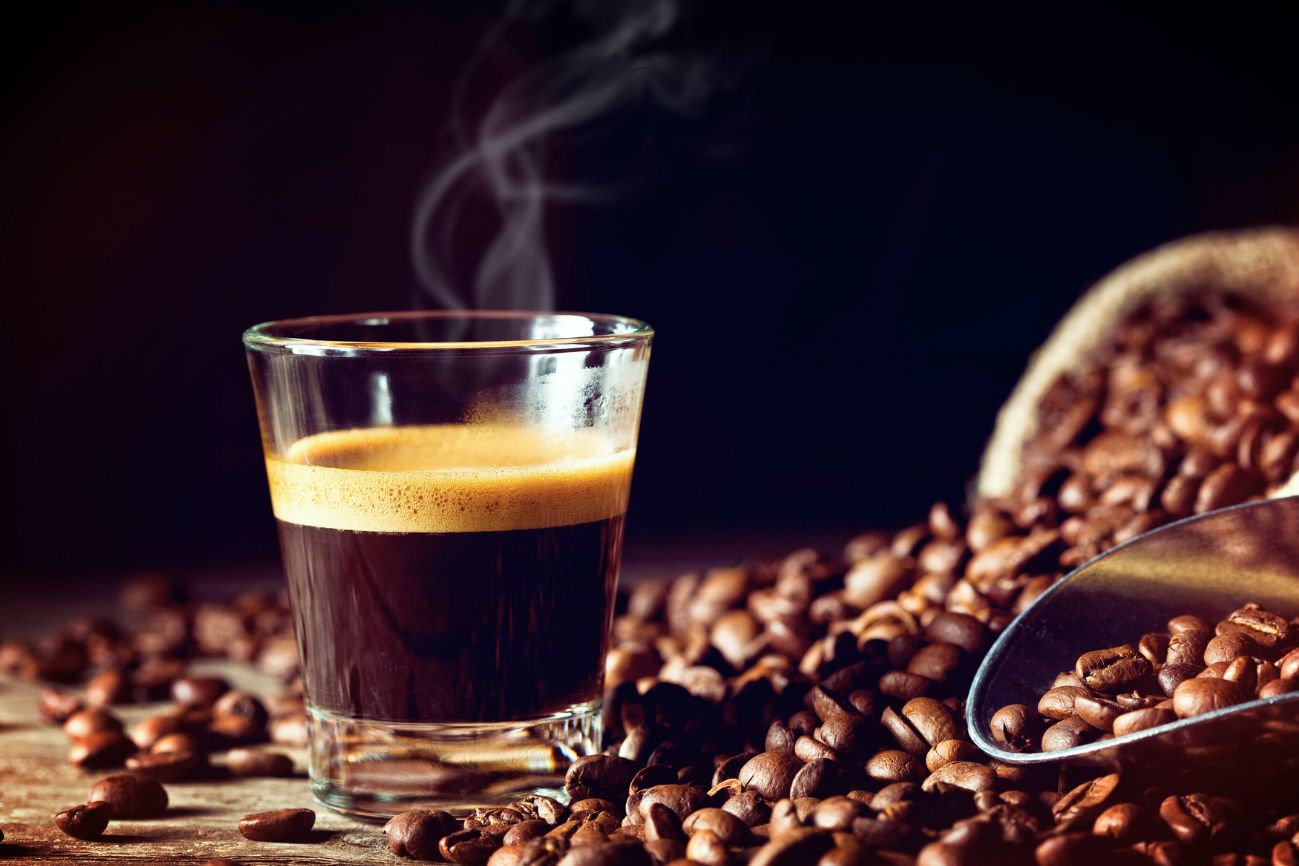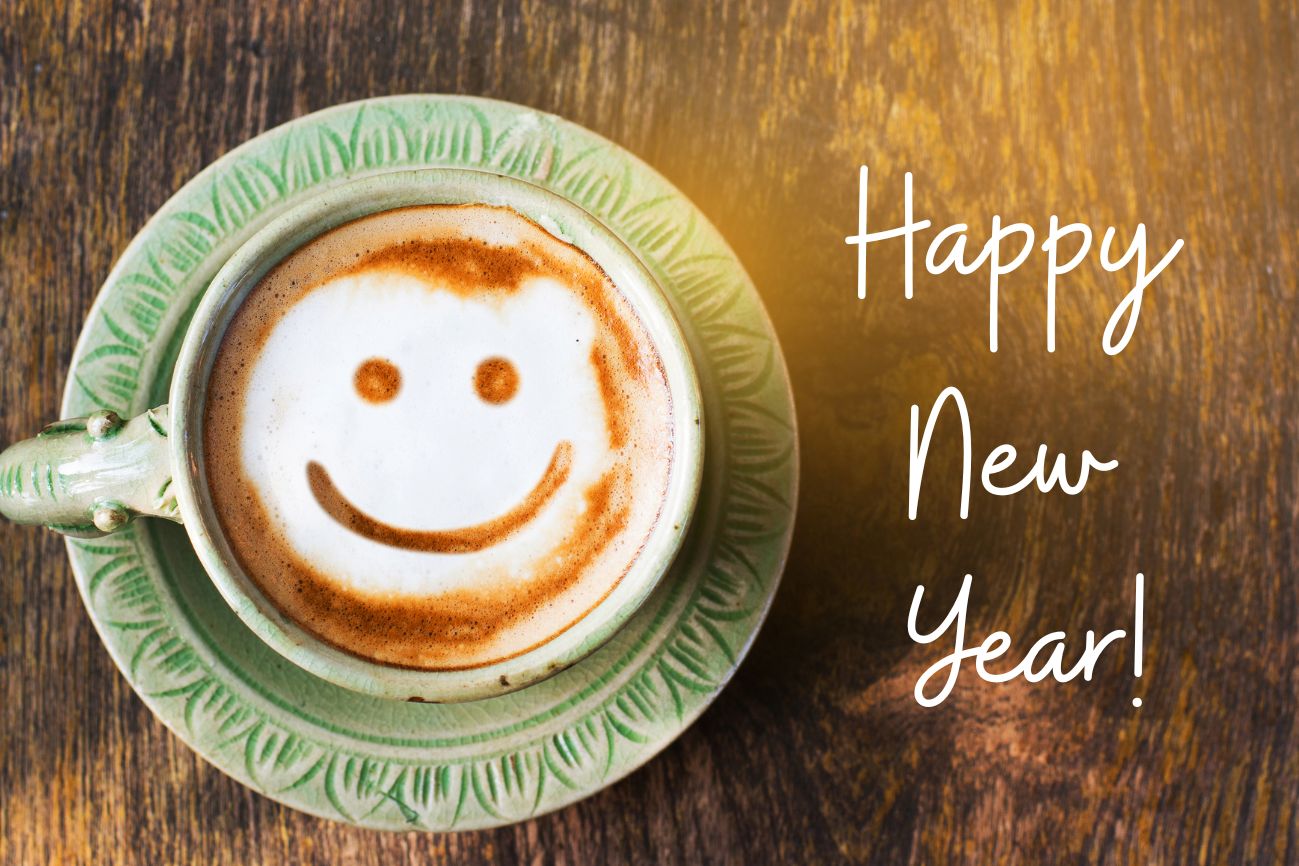A cup of coffee a day brings energy in your way!
Coffee has become a part of our daily lives. Many people love to begin their days with a cup of coffee. I think it’s a good habit because coffee is a great way to keep yourself energized and fresh throughout the day. Having a cup of coffee in the morning will help you stay energized all day. Its energy-boosting properties help you feel happy and energized. Without being lazy, you can complete all of your everyday tasks effectively.
However, purchasing a cup of coffee every morning is expensive. Additionally, not everyone can make the perfect espresso shot at home. Coffee-making is no less than art. But if you know the basics, you can simply do this art at home. We have covered the entire process for making a perfect espresso shot at home in this beginner coffee brewing guide. You will receive a comprehensive guide that covers all the fundamentals, equipment used for coffee, and tips and tricks for brewing a great cup of coffee at home.
So let’s get started!
Step By Step Beginner Coffee Brewing Guide
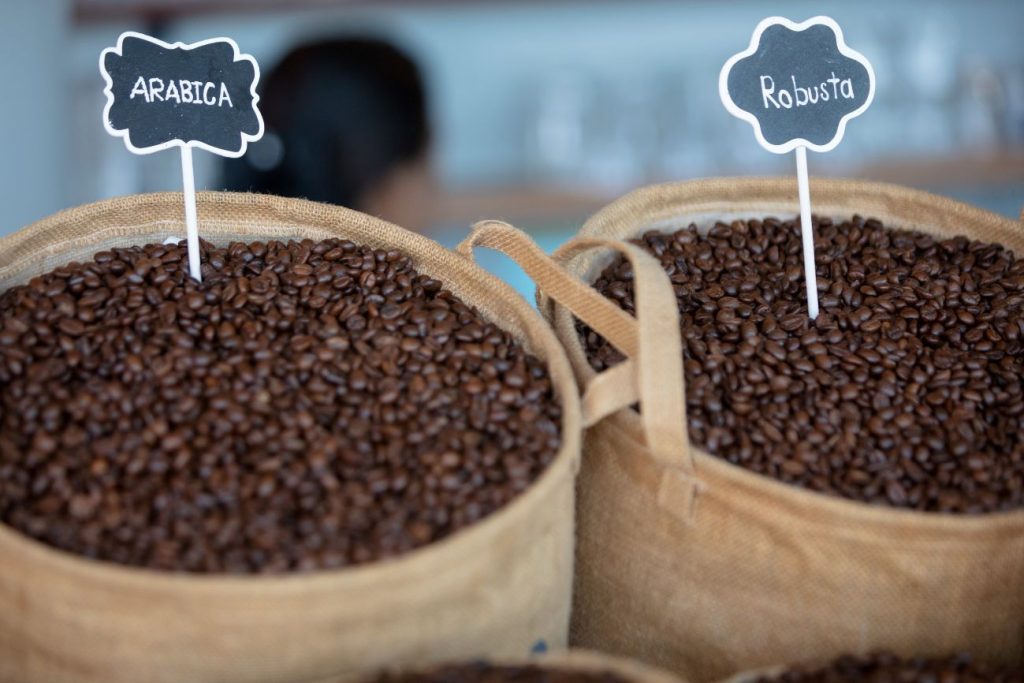
1. Coffee Beans Types
Arabica, Robusta, Excelsa, and Liberica (from the black sheep bean family) are the four main types of coffee beans. Basically, we use Arabica and Robusta, the two main types of coffee beans that are readily available in America. Arabica beans smell more aromatic, have a milder flavor, and are less bitter. Additionally, Robusta beans are less expensive and have a weaker flavor than arabica beans.
We mostly skip Excelsa and Liberica coffee beans. Excelsa beans taste fruity, while Liberica beans taste and smell like flowers. Liberica beans are grown in the Philippines, while Excelsa beans are typically grown in South Asia.
First, use high-quality, flavorful beans to make the most delicious cup of espresso.
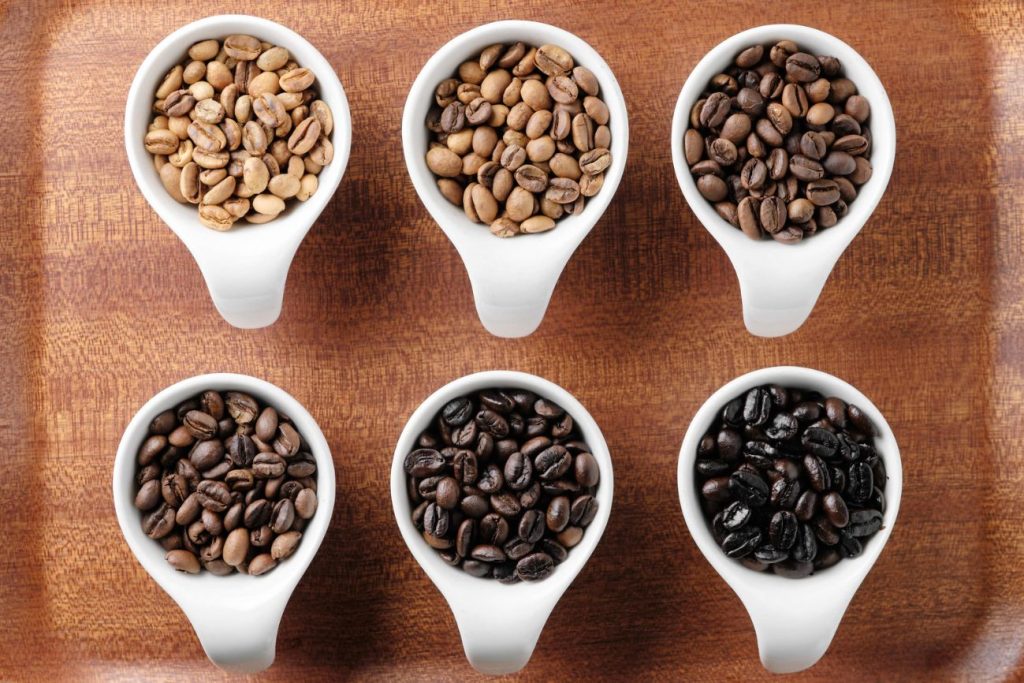
2. Roasting
You must roast the beans according to your preferred coffee type after selecting them. Raw green coffee is transformed into rich, aromatic beans used for brewing by roasting the beans over dry heat to develop their flavor, aroma, and color.
Each type of roasted beans has a unique taste and scent. Here, we’ll talk about roasting three different kinds of beans.
Light
Compared to medium and dark-roasted beans, light-roasted beans have a higher acidity and a stronger flavor. Because they roast for a shorter period, their color remains light and their natural flavor is still strong.
Medium
Because medium-roasted beans are roasted for a longer time than light-roasted beans, they have a chocolate brown color. Due to their higher roast level, medium-roasted beans have a lower acidity than light-roasted beans. These are the perfect roasted beans to get a proper balance of flavor and acidity in espresso.
Dark
Because of roasting for a long time, beans turn into a dark black color. Compared to other medium and light roasted beans, they have a bitter taste but less acidity and smokey flavor.
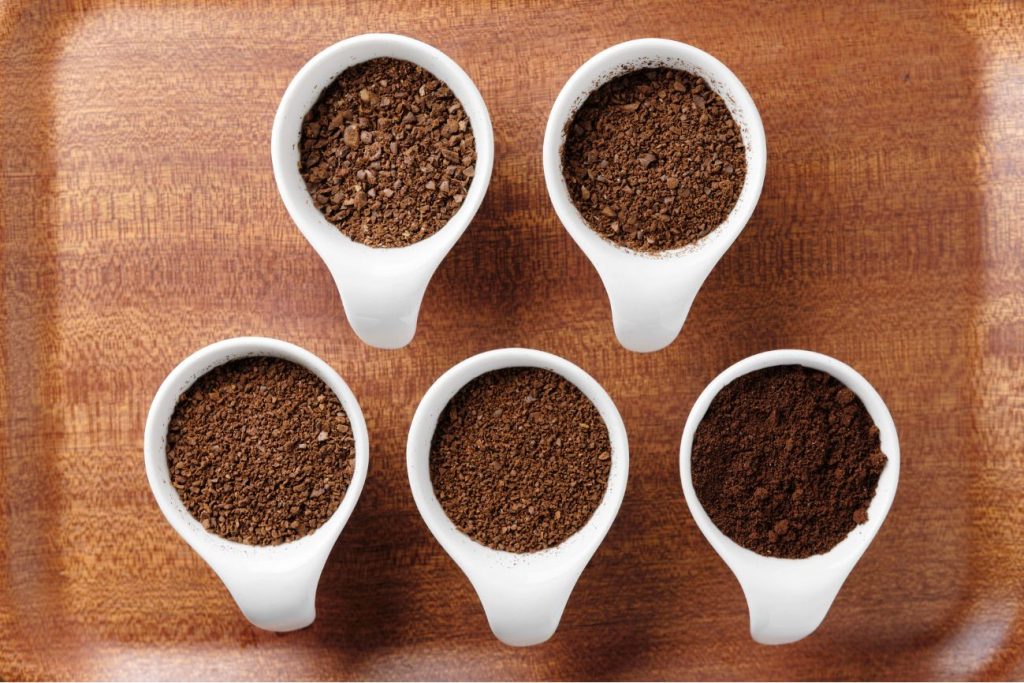
3. Grind Size
Just as there are different kinds of coffee beans, there are also different ways to grind them. Coffee’s flavor and taste are affected by the type of grinding. Different types of ground beans are needed for each type of brewing process. There are 3 types of coffee grounds.
Coarse: Similar to coarse sea salt and used for Cold brew, cowboy coffee, and French press.
Medium: it looks like regular sand and is used for Drip coffee makers and pour-over methods.
Fine: In a powdery form, similar to flour, and used for Turkish coffee, espresso, and moka pot.
4. Water Quality and Temperature
When making espresso, the quality, and temperature of the water are just as important as the other ingredients, therefore we must be careful of both.
Quality
Make sure your water is pure, odor-free, and has a balanced pH to brew the best-flavored coffee. Always use boiling or filtered water to avoid impurities that can make your coffee taste worse. Avoid using hard, distilled, or mineral water since these can alter the flavor of your coffee. To get all the flavors of coffee and a nice taste, all you need to do is use filled or boiled water.
Temperature
The temperature of the water is just as important as its purity. To make a shot of espresso, water should be between 195°F and 205°F (90°C and 96°C). Overheating the water will burn the coffee grounds and give it a smoky flavor. Additionally, if you use water that is too cold, it won’t be able to extract all of the coffee flavors from the coffee beans. Therefore, when preparing coffee, always make sure that the water is at the perfect temperature—neither too hot nor too cold.
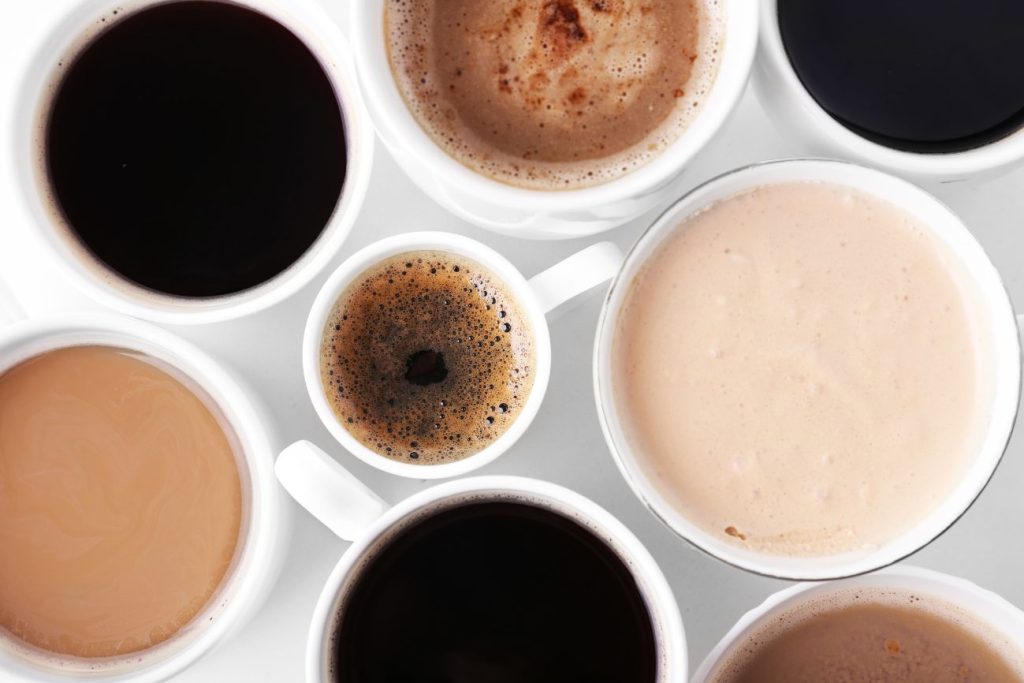
5. Coffee To Water Ratio
The ratio of coffee to water is important for achieving a balanced coffee flavor.
The ideal coffee-to-water ratio for the best-flavored cup of coffee typically falls between 1:15 and 1:18. This means for every 1 gram of coffee, you have to use 15 to 18 grams of water.
- For a stronger cup: For a 1:15 ratio (stronger coffee), use 1 tablespoon of coffee for every 3 tablespoons of water (or about 3/4 cup of water).
- For a milder cup: For a 1:18 ratio (milder coffee), use 1 tablespoon of coffee for every 4.5 tablespoons of water (or about 1 cup of water).
Adjusting this ratio based on your personal taste preferences and brewing method (like drip, French press, or espresso) can help you find the perfect balance for your ideal cup.
Coffee Brewing Methods
Here are some basic coffee types and methods for Beginner Coffee Brewing Guide 101.
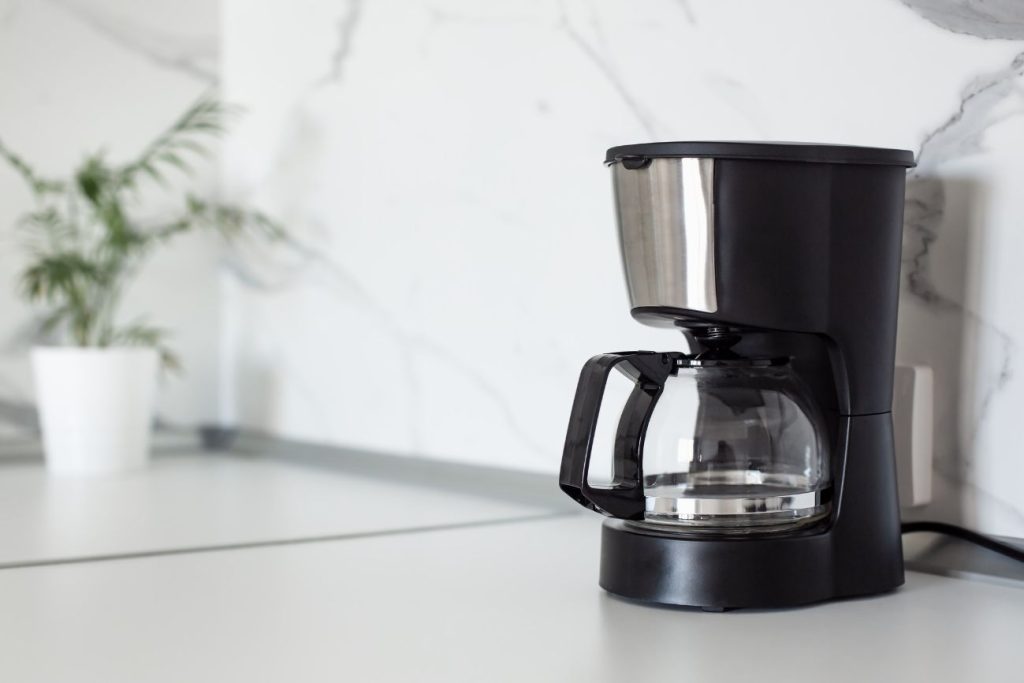
1. Drip Coffee Maker
- How it works: Because drip coffee makers are automated, you don’t have to do anything by yourself. It works by passing hot water through a coffee grind-filled filter. All of the coffee bean flavors are extracted when hot water goes through the filter.
- All You Need: A clean coffee machine filter, a perfect water-to-coffee ratio, and medium-ground coffee are required to make the best drip coffee.
- Flavor: Smooth and balanced.
- Best for: Convenient, hands-off brewing.
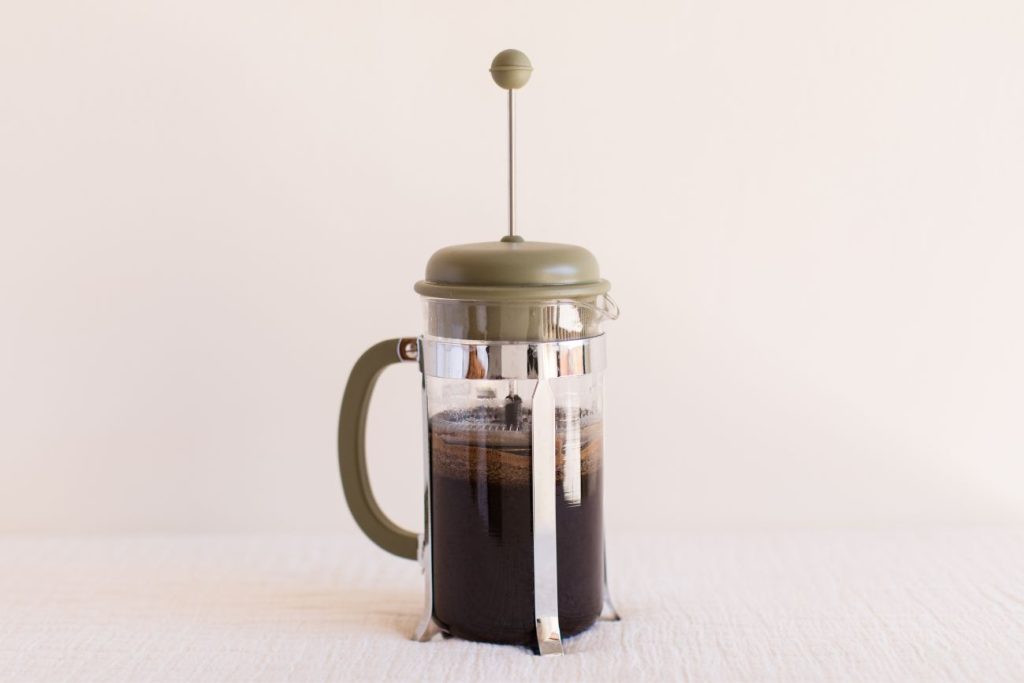
2. French Press
- How it works: After steeping the coffee grinds in hot water, the French press separates the grinds from the brewed coffee using a plunger.
- All You Need: You will need hot water, a preheated French press, and coarsely ground coffee to prepare the perfect French press shot of espresso.
- Flavor: Rich, bold, and full-bodied.
- Best for: If you enjoy robust coffee and don’t mind sediment.
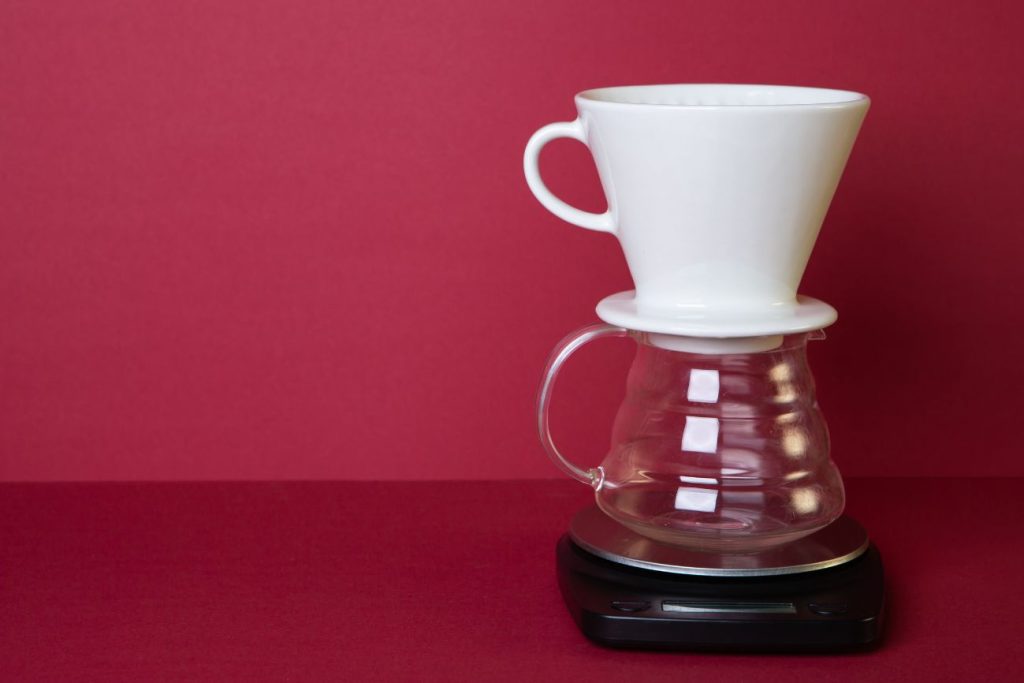
3. Pour-Over
- How it works: Pour-over coffee and drip coffee are somehow similar. In pour over you have to pour hot water on coffee grounds in a filter. Then use the filter to pour your coffee into the mug.
- All You Need: You will need a medium-coarse grind size coffee to brew pour-over coffee.
- Flavor: Clean and mild, with control over brewing variables.
- Best for: If you enjoy hands-on brewing.
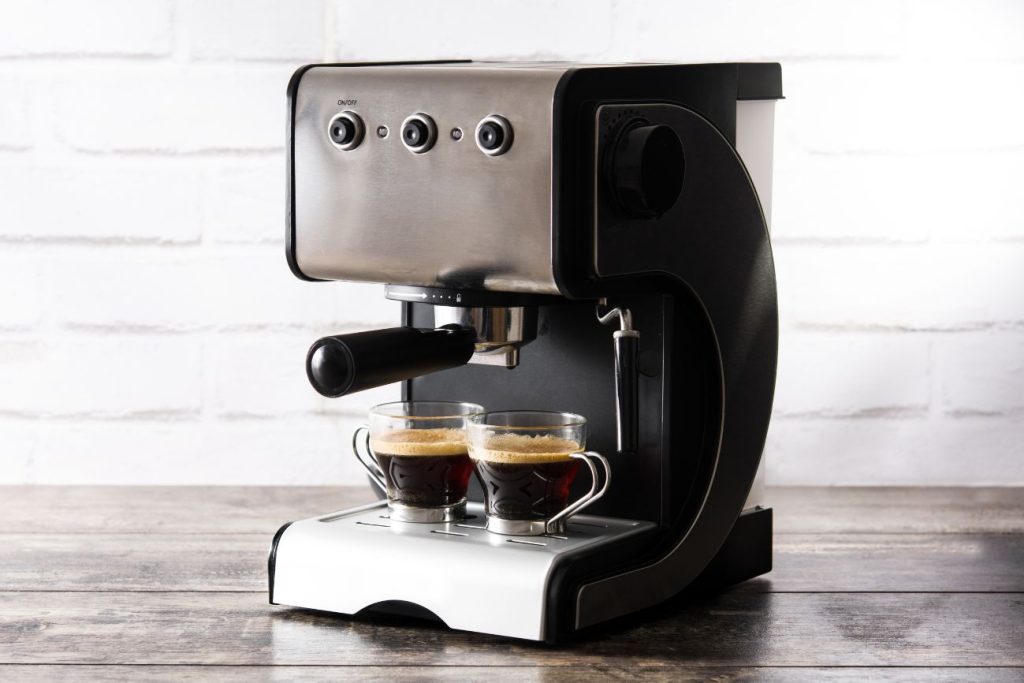
4. Espresso Machine
- How it works: Espresso machines forces pressurized hot water through finely ground coffee.
- All You Need: You’ll need a properly tuned espresso machine, finely ground coffee beans, and the appropriate temperature of coffee grounds to make a tasty shot of espresso.
- Flavor: Intense and concentrated.
- Best for: If you love Espresso and making lattes, cappuccinos, or macchiatos.
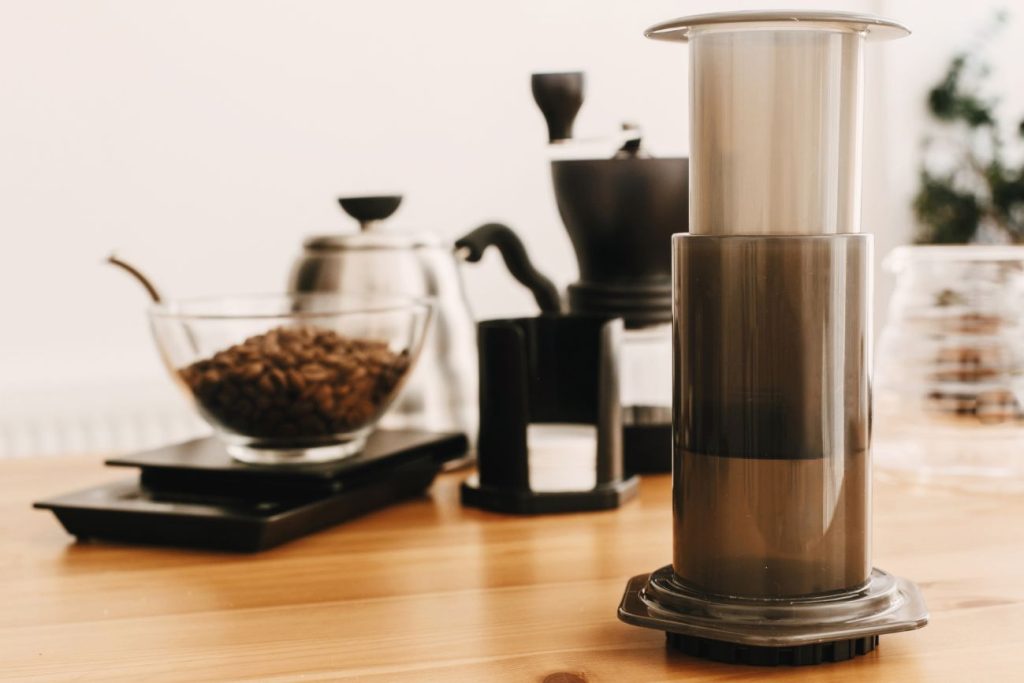
5. AeroPress
- How it works: When using the Aeropres, the coffee is steeped before it is forced through a filter using air pressure.
- All You Need: You will need Medium-fine grounded coffee beans(similar to table salt) to make a shot of AeroPress.
- Flavor: Smooth, clean, and low in bitterness.
- Best for: Quick, single cups with versatility in brew strength.
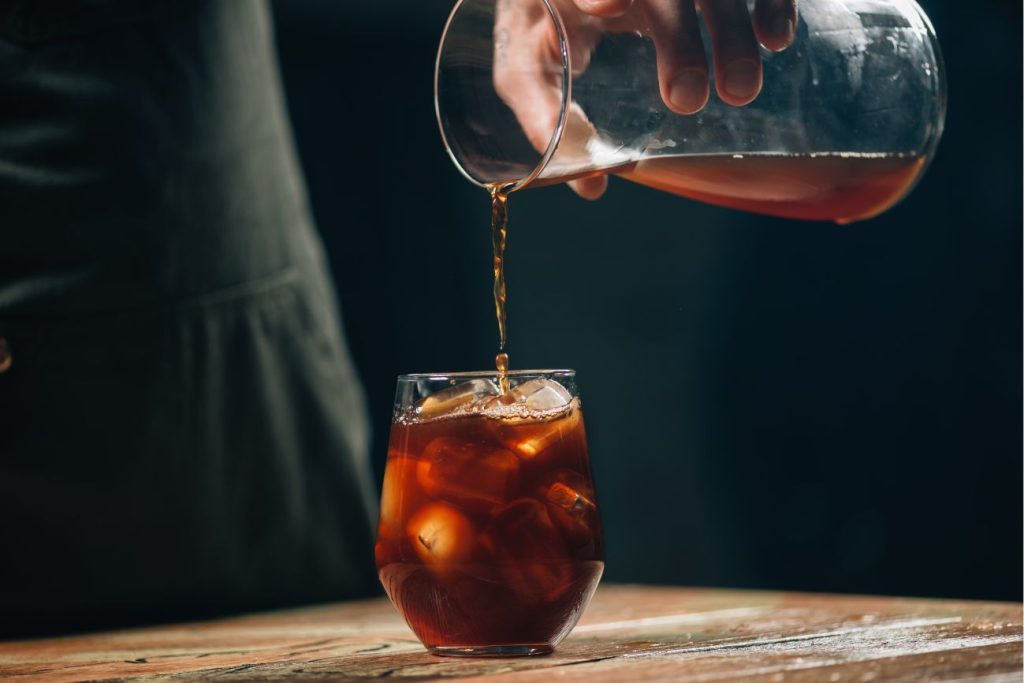
6. Cold Brew
- How it works: Coffee grinds are used to make cold brews, which are then steeped in cold water for 12 to 24 hours before being filtered.
- All You Need: You will need coarsely grounded coffee beans.
- Flavor: Smooth, naturally sweet, and low in acidity.
- Best for: Cold coffee lovers.
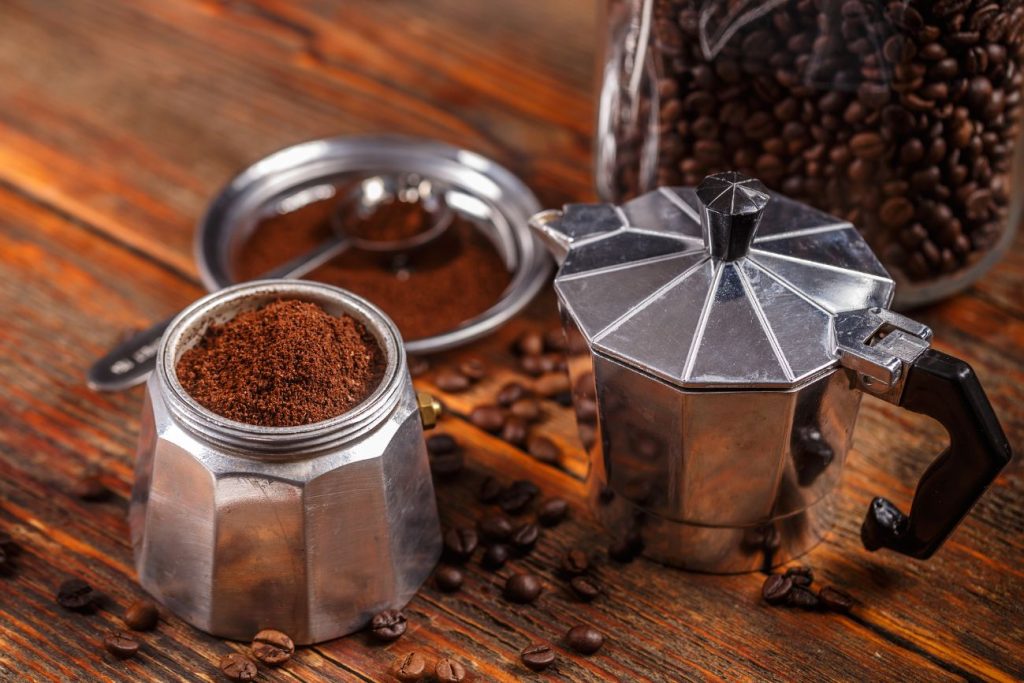
7. Moka Pot
- How it works: When brewing using moka pots, hot water under steam pressure is passed through coffee grinds.
- All You Need: You will need Fine grounded coffee beans (slightly coarser than espresso).
- Flavor: Strong and rich, similar to espresso.
- Best for: Stovetop espresso-like coffee.
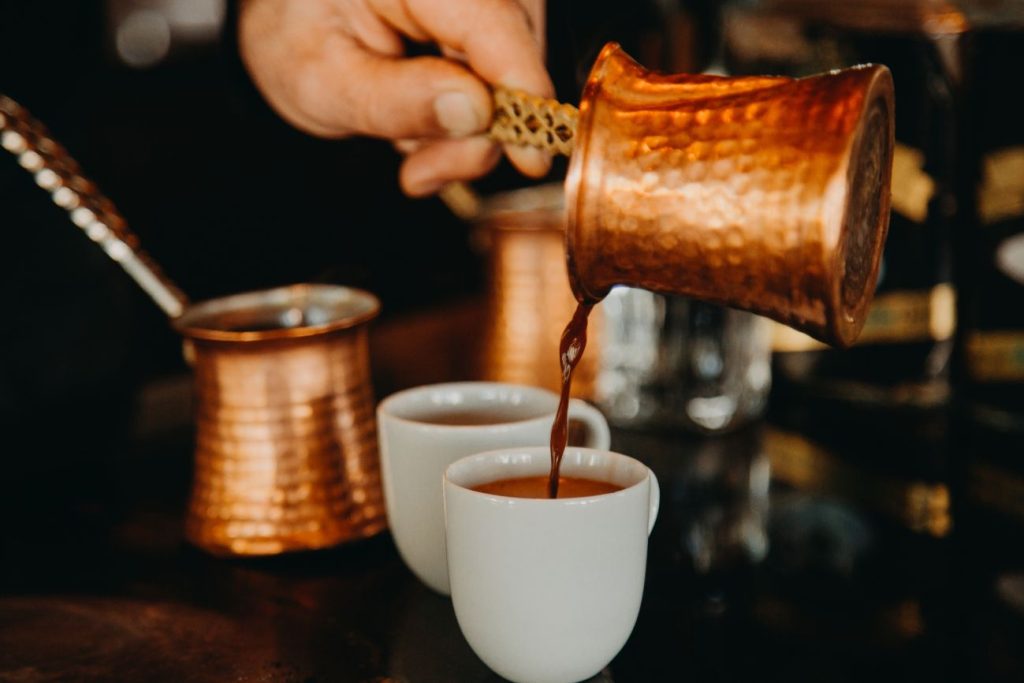
8. Turkish Coffee
- How it works: Turkish coffee processes A pot known as a cezve is used to boil finely ground coffee with water and optional sugar.
- All You Need: You will need Extra fine grounded coffee (powdery, like flour).
- Flavor: Thick, strong, and unfiltered.
- Best for: Traditional, immersive coffee experiences.
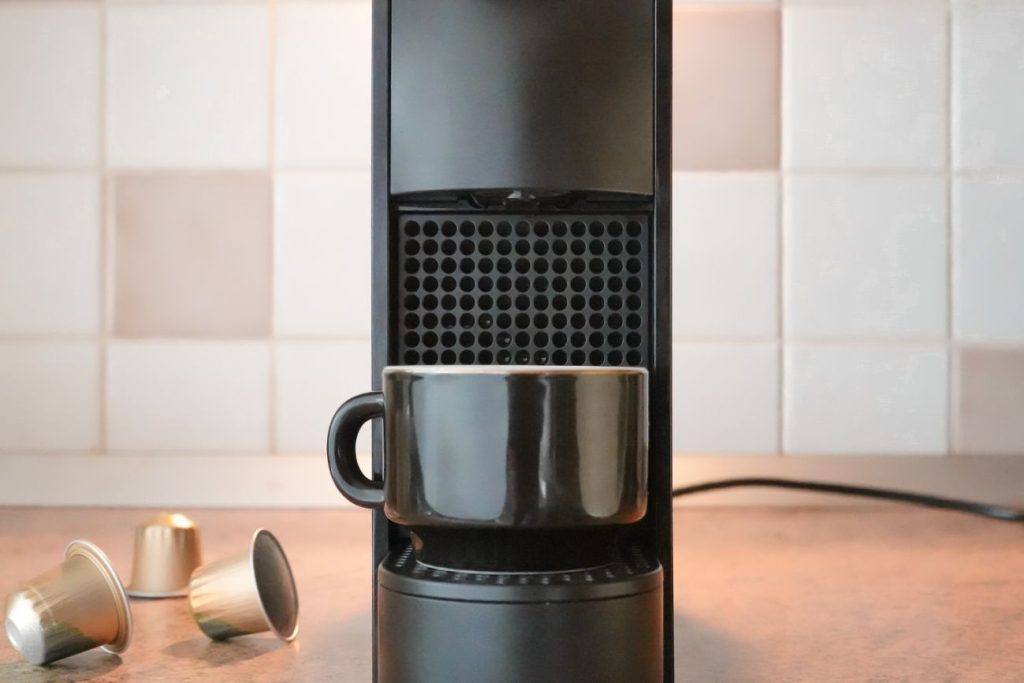
9. Single-Serve Machines (e.g., Keurig, Nespresso)
- How it works: Single-serve machines like Keuring and Nespresso brew coffee using pre-packaged pods or capsules.
- All You Need: You will need medium-ground coffee beans (similar to sand).
- Flavor: Consistent but depends on pod quality.
- Best for: Convenience and quick brewing.
We’ve discussed all the best coffee makers for you if you’re having trouble choosing one as a beginner and are unsure which one is best. You can choose the brewing machine that best meets your needs.
Easy Coffee Brewing Tips For Beginners
Here we have mentioned some coffee basics tips for beginners.
- Use Fresh Beans: Instead of using old coffee beans, always try to use fresh ones. And don’t forget to ground and roast them right before making your coffee. Your coffee will taste better with freshly ground and roasted coffee beans. Store your Coffee beans in an airtight container and keep them away from light and heat.
- Measure Everything: If you use the incorrect ratio of ingredients, your coffee will taste worse. Therefore, every time you prepare coffee, attempt to measure all the ingredients. Consistency is key. Use your scale or Coffee brewing measurement chart to measure coffee and water every time to make coffee.
- Experiment: Don’t hesitate to tweak the grind size, water temperature, or coffee-to-water ratio. You can achieve the greatest results by experimenting. To find out what fits your taste the best, you can try a variety of grind sizes, brewing times, and ratios.
- Clean Your Equipment: Residue can affect the taste of your espresso, so always keep your gear spotless to get the best taste.
- Always Calculate Brewing Time: Ignoring the brewing time is one mistake that could affect the flavor of your coffee. Always remember to calculate the allotted time based on the recipe and the brewing technique you’re using.
Final Words
You can become an expert in coffee Brewing with simple techniques and mentioned beginner coffee brewing guide. Since it’s not that difficult, you can become a professional barista by simply learning the basics and trying things on your own. The secret to finding the ideal brewing technique and flavor for you is consistency. The more you practice, the better you’ll get at crafting your perfect cup. So grab some beans, pick a method, and start brewing—your taste buds will thank you!

